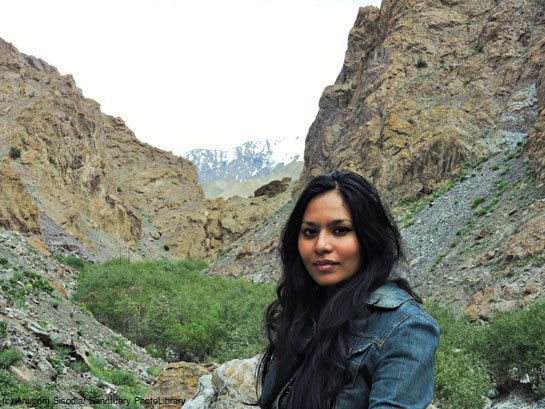All creatures great and small: The wetlands are home to a humming eco-system
There was monsoon in the air. I was under the pretty skies when I heard the sound. A buzzing…like a distant helicopter. Anyone who has spent time near wetlands will instantly identify it.


Zrrrrr, zrrrrr.
It sounded like a tiny helicopter whirring, a little motor in the grass.
It was a cloudy day. The sky looked diffused and pearly, like it was reflecting a moonstone. I was out under the open sky. And the monsoon was in the air too. The sound came again, and as I listened intently, I realized it was something with an ancient lineage.
Village children who spend time near wetlands on drowsy afternoons would know this sound – it’s made by dragonflies as they move parts of their body. Dragonflies are born in wetlands and so, are never far from them. And there are other peculiarities of wetlands, too. A wetland is a bridge between the land and water, between two states of being. The shore of a wetland shimmers with possibility. Close to the banks is a comfortable foothold, but just a little ahead the ground is squelchy and would give way in the blink of an eye. In the water, nothing is as it seems. You don’t know what is under the surface – both beauty and a bit of surprise. A frog waits under a lotus leaf, the vegetation saving his skin from getting burnt off. The water moves in ways that you can’t tell if that’s a ripple or a tiny silver fish, or whether that decisive flick of tail was not a fish at all, but the checkered keelback, a snake that spends time in water.

The water is many gemstones at once – moonstone when it’s reflecting clouds, jade when it holds plants in its cup, turquoise when sky and leaf combine, and mottled druzy when our waste finds itself in the waters.
Recently, the National Green Tribunal asked all states to report on wetlands and how they are doing. This is more than just an ordinary order – because most states have not notified their wetlands. Many wetlands like Najafgarh jheel and Basai in NCR still don’t have identification as a wetland. Old wetlands like Telangana’s Osman Sagar are drying up under pressure; while the iconic Naini lake in Uttarakhand’s Nainital struggles under tourist pressure and waste. While we like looking at water, we miss the details and what the wetland itself needs.
If you pay attention, you will be able to appreciate the many forms of wetlands that dot our country, each responsible for filling our water tables, storing carbon and providing life to birds, fish and dragonflies. Shallow wetlands host birds that forage on mud, walking through lotus leaves and floating vegetation as easily as we walk on land.

The Jacana is a bird with distinctive plumage. The Pheasant-tailed jacana has a long, plumed tail, that spreads elegantly behind it in the water; while the Bronze-backed jacana has a brilliantly burnished back which shines in the water. Jacanas have huge feet with dramatically long toes, adapted to walk all over plants that grow in water. Giving it company is the brilliant, purple coloured Moorhen. This bird has a red, prehistoric looking beak, and similarly long toes honed for shallow waters brimming with leaves and roots. It eats among reeds and floating plants, and will also nest there.
A wetland with very steep sides may not host so many jacanas or swamphens. Deeper waters would have birds that swim or dive, with an adaptation to cut through sheets of water, in the form of webbed feet.

On a hot day in Andhra Pradesh, I watched a lone Spot-billed Pelican floating on the water with what looked like no effort at all. Underneath the water, its feet with webs were moving with power and precision. The water shone with the heat of the sky—both the sky and the water seemed to be made of smoke in the shimmering, intense heat. Cars drove trails of dust in the road I was looking out from, but the Pelican looked like it felt totally safe. This is because a water body is its own kind of protection – it is a different state, a different being, it throws protection for what is in the water, as long as its in the water. Creatures of the water seem to know this.
Wetlands that form where rivers and the sea mingle are rich with life; wetlands that form on the coasts of India host tired migratory birds that come from the Arctic and Europe. The mingling of salt and freshwater differs in various locations, so do the birds. There are many kinds of wetlands that grace our land.

Next time you see a wetland, pay attention. Is it shallow, with lilies and lotuses on its edges, a jacana picking its ways amongst the flowers? Is it steep sided and deep, with a gull or pelican sitting in the middle? Is it a puddle of water with a gradual gradient, and a bird with stilt like legs standing on the edge, looking like a trapeze artist? Is it a wetland that comes up overnight every monsoon, and now has dragonflies glinting around it?
Whatever the kind of wetland, each deserves our time, protection and attention. Wetlands are not land with water – they are water interacting with us, and several other creatures..
And they are flagbearers for the most important thing of all: of being a compact of possibilities, being more than meets the eye.

